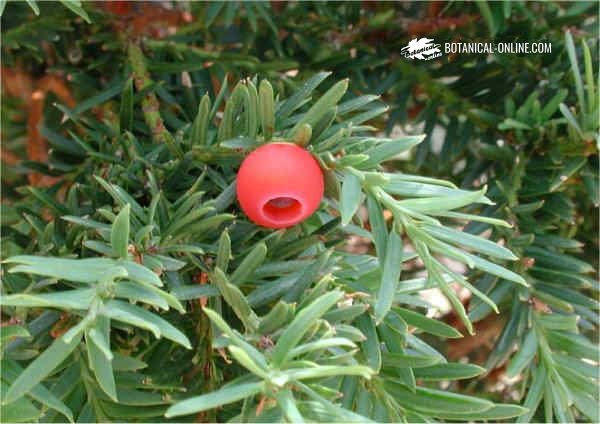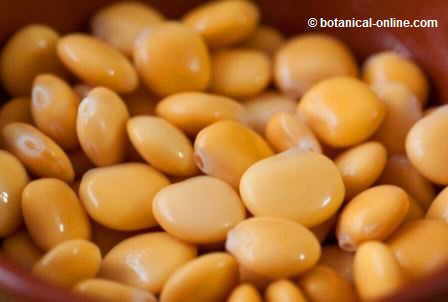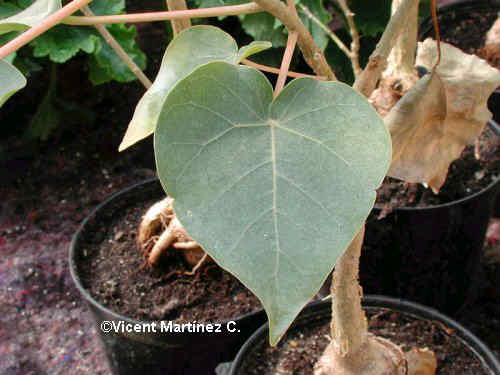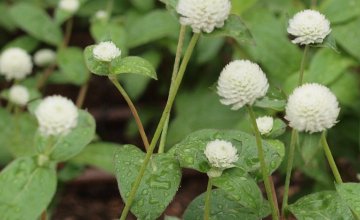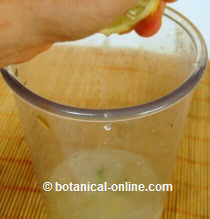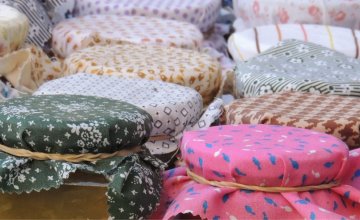Contents
Characteristics of common sundew
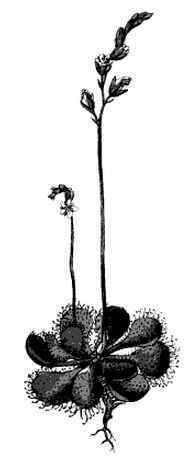
What is common sundew?
Common sundew or round-leaved sundew (Drosera rotundifolia) is a small plant native to Europe, which measures just over 12cm. tall.
It is called “dew plant” because its leaves are covered with hairs containing secretions similar to dew.
These secretions are rich in enzymes, mucilage and active principles. Its function is to attract insects so that they get stuck on them, since sundew is a carnivorous plant.
What are the main components of common sundew?
Its active ingredients are the naphthoquinones, mainly plumbalgin, with expectorant, antitussive and antibiotic properties.
Sundew is one of the most prized plants to treat respiratory diseases, and formerly it was also used as aphrodisiac.
In many regions sundew is protected and its collection is prohibited. Sundew remedies are usually available in extract form.
Medicinal properties of common sundew
Internal use herbal remedies with common sundew
- Natural antibiotic: Drosera extract contains plumbagin, a first antibiotic against a range of bacteria and viruses. It is used as a remedy for flu, colds, to treat respiratory infections and enteritis.Scientific studies have shown the effects of naphthoquinones against streptococci, pneumococci, staphylococci, influenza virus and the bacterium that causes whooping cough. (Infusion of 1 – 2g. Per cup, three times a day. Extract 1 teaspoon every 2-3 hours)
- Respiratory system: Sundew relaxes muscles in the airways and makes breathing easier. It is a traditional remedy against various breast conditions:
- Cough: This plant is anti-cough and antitussive, especially as a natural remedy to treat cough in children. It relaxes respiratory muscles and relieves cough. For its mucilage content, it is an emollient remedy that soothes irritated throat cough (pharyngitis). (Infusion of 1 – 2g. Per cup, three times a day. Extract 1 teaspoon every 2-3 hours, combined with plants rich in mucilage as infusions of mallow, plantain or marshmallow)
- Pertussis: Sundew plumbalgin has antibiotic properties against Haemophilus pertussis and can help fight this infection. It is used in the treatment of bronchitis, laryngitis and hoarseness. (Extract: 1 teaspoon every 2 hours)
- Respiratory allergy: the active principle of the sundew (naphthoquinones) is effective in treating bronchospasm caused by histamine. (Extract: 1 teaspoon every 2 hours to relieve cough)
- Asthma: Common sundew has anti-inflammatory and antitussive properties appropriate to treat wheezing, and relieve asthma. (Infusion of 1 – 2g. Per cup, three times a day. Excerpt: 1 teaspoon every 2 hours to relieve cough)
- Pulmonary disease (COPD) sundew is used for the treatment of obstructive lung disease caused by smoking such as it happens in persons with chronic asthma. Sundew extract soothes the bronchi and exerts an antibiotic effect that prevents possible infections that may present with the disease. (Take 1 teaspoon sundew extract every 2 hours).
- Fluid retention: Sundew has diuretic properties due to its richness in flavonoids (hyperoside, kaempferol), which empowers it as an adjunct in the natural treatment of edema. (Infusion of 1 – 2g. Per cup, three times daily)
External rubefacient preparations with common sundew
– Skin conditions: Sundew juice is rich in enzymes and naphthoquinones. Externally, the secretions of the leaves (“dew”) are used because of their rubefacients properties. Applied to warts, corns and bunions, this juice can help treat these ailments. (Apply the fresh plant on the skin).
Dose of common sundew
INTERNAL USAGE
- Extract: 1 teaspoonful every 2-3 hours as antitussive.
- Dry plant: infusion of 1 – 2g. per cup, three times a day.
DO NOT exceed the recommended dose to avoid possible effects.
* Read the contraindications and side effects of sundew.
EXTERNAL USAGE
- Apply fresh leaves on the wart or callus.
The fresh plant poultices have rubefacient properties and may cause dermatitis or irritation.
![]() More information on common sundew.
More information on common sundew.

